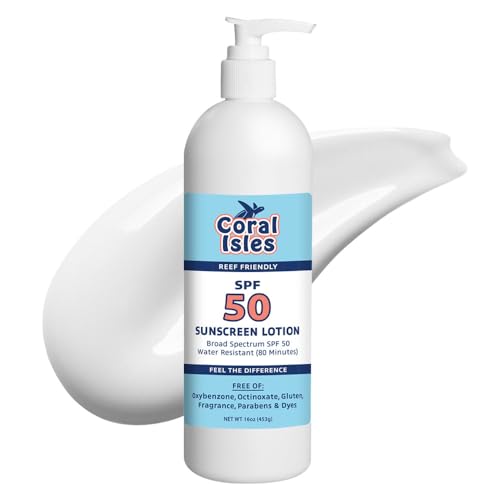ROFL! I'm home now! I was dealing with my guys at work and trying to think and it didn't work to well

Here it is with a little more thought put into it

A sump can be basically described as the foundation. That's why a sump can be anything from an old tank, something custom built out of acrylic or even like I have seen many times before, rubbermaid containers. What are sumps used for?
(1) They are used in wet dry applications like here
http://www.futurepets.com/images/j210/aca203002.jpg A wet/dry is basically what is sounds like. The bio-balls are never submerged so the are always exposed to water and air all the time as the water trickles over them. Great environment like I said before for aerobic bacteria to grow and do it's thing (fish poop, food rots, turns into toxic ammonia and the wet/dry quickly converts toxic ammonia to less toxic nitrite to even less toxic nitrate, but it ends there because there are no anaerobic zones in a wet/dry) Great for fish only tanks because it is said that they can tolerate like 60ppm of nitrates and do fine (I've had mine do great in over 100ppm!

) but you end up with an algae bloom of un-wanted algae!
(2) Sumps can be used to basically add volume to your system because the more water, the more stable things will be. Just think of dropping a cup of Instant Ocean salt into a 3 gallon tank and in a 200gal tank. Which one will be affected the most? So people just get "sumps" (a raw tank or whatever) to add volume to their system and then again, they use them to hide un-sightly equipment like skimmers, heaters, phosban reactors, probes etc so they all won't have to be sitting inside of the tank and then at the same time, use it to add flow to the tank because the water has to be re-circulated from the tank to the sump and then back up so people take advantage of the opportunity and use their sumps as a source of flow. Sometimes you will find baffles (or walls/partitions) in sumps and they are only put there to seperate some equipment from the others, help with breaking down micro-bubbles so they aren't returned to the tank etc. Here are a few examples of some sumps used as nothing more than I just described...
http://www.premiumaquatics.com/Merc...ROD&Product_Code=PM-R30&Category_Code=Special
http://www.aquadirect.com/store/product.php?productid=679&cat=301&page=1
http://www.aquadirect.com/store/product.php?productid=461&cat=301&page=1
(3) And then there are the refugiums you spoke about which work basically in the same way as I described your basic sump in #2 does, but it has a section that is usually lit to promote growth of marco algaes like chaeto, caulerpa etc which help with nutrient export (binding up excess nitrates and phosphates). Some people even use them as a place to put troublesome fish or frags that aren't ready to be put in the main display yet and even live food for the main tank. You can have a sump set up as a stand alone refugium and nothing more or you can combine the two which is most popular these days with having a sump with a chamber for your skimmer, heater etc a chamber for your fuge and then a return chamber. Here are a few examples of refugium setups.
Hang on the tank fuge
http://www.premiumaquatics.com/Merc...&Product_Code=CPR-AFPSL&Category_Code=Special
http://www.aquadirect.com/store/product.php?productid=674&cat=430&page=1
And here are tons of sump ideas where they are used for differnt applications you can look through
http://www.melevsreef.com/allmysumps.html
Also, here is a my sump for my cube I will use as an example. I use it to hold my phosban reactor, my skimmer, carbon bag, thermometer and to add extra water volume.

And here's what I had under my 75gal I took down. It held all the same things plus it had a chamber for my refugium which is the chamber with the light on it


How did that work for ya? Hopefully I helped some and didn't confuse you more(LOL) Wet/dry's would never really work for corals because corals like and need basically un-detectable levels of nitrates. With having something given the nickname "nitrate factory" won't work so well when it comes to corals



































































